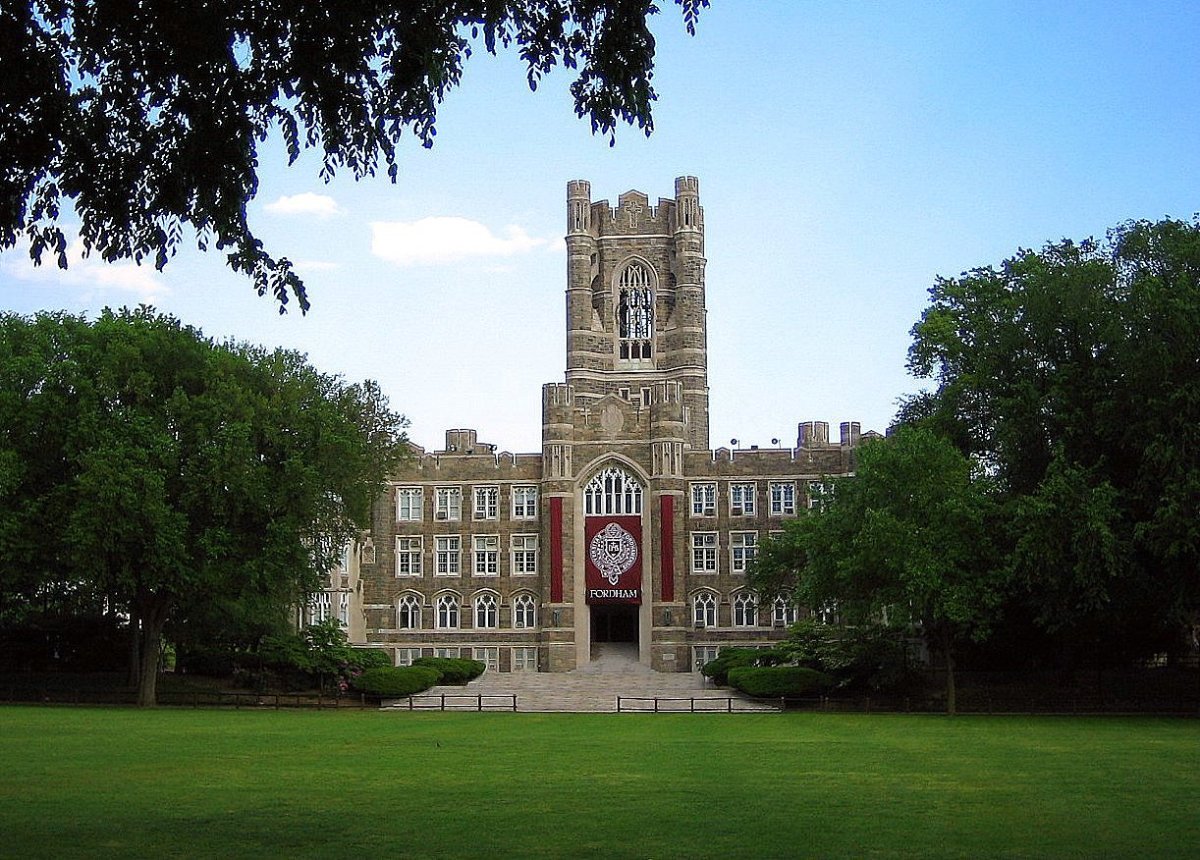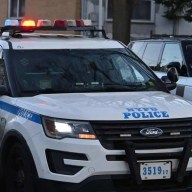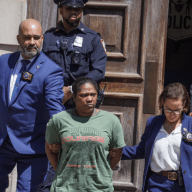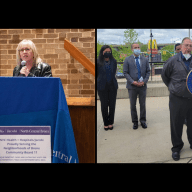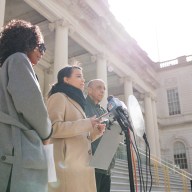Although no one knows how Thursday’s Supreme Court decision to strike down a decades-long affirmative action precedent will affect the nation’s colleges and universities, Fordham University officials say they remain committed to fostering racial diversity in its student body.
The original precedent was set by the court case Grutter v. Bollinger in 2003, at which time the Supreme Court of the United States (SCOTUS) ruled that affirmative action practices — a race-conscious practice in college admissions — did not violate the 14th Amendment’s Equal Protection Clause.
But on Thursday, the court decided in favor of Students for Fair Admissions in two separate lawsuits against Harvard College and the University of North Carolina at Chapel Hill (UNC), effectively making race-conscious admissions practices illegal in all public universities and private universities that use federal funds.
The Students for Fair Admissions, a nonprofit that believes racial classifications and preferences in college admissions are unfair, argued that affirmative action practices on the basis of race at Harvard and UNC were unfair.
The ruling comes at a time when, according to the Pew Research Center, 50% of American adults disapprove of selective colleges considering race and ethnicity in admissions, while just one-third approve of the practice.
Although it’s still unclear about the effect Thursday’s ruling will have on colleges and universities nationwide, political and academic leaders across the Bronx are dismayed by the court’s decision and have reaffirmed their commitment to diversity and inclusion.
One of the most expensive private universities in the Bronx, Fordham University — a Catholic Jesuit school — touts an educational experience that allows its students to gain “an understanding of and reverence for cultures and ways of life other than their own.”
According to its website, 40.6% of Fordham’s undergraduate students are from “underrepresented populations,” which include students of Hispanic/Latino, Asian, Black/African-American, American Indian/Alaskan and Hawaiian/Pacific Islander descent.
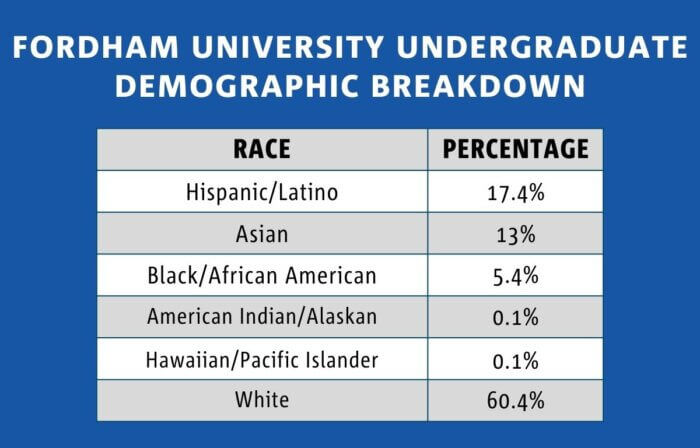
Fordham University president Tania Tetlow, a Harvard Law School graduate and former federal prosecutor and law professor, has vigorously defended the university’s use of affirmative action.
Tetlow, the first female and layperson Fordham president who has served in the post since July 2022, said in a public statement that the school has “been preparing for this moment all year.”
She has previously argued that racial diversity is “something that our own students demand but also is such a big part of their education,” adding that race is “one of many factors” the school uses to consider incoming students.
“This is not about people skipping the line,” Tetlow said in her statement.
Fordham was included in an amicus brief on behalf of dozens of Catholic colleges and universities that not only do these institutions have autonomy under the First Amendment to choose students as they see fit — but also that including race as one factor in admissions is critical to their academic and religious mission
Tetlow’s statement said that the university will maintain its emphasis on diversity but did not specify how their policies may change under the new precedent.
“We will do everything allowed under the law to continue assembling a student body of the best and brightest, with every type of talent and experience,” Tetlow said.
Unlike Fordham University, which is 60.4% white, CUNY Colleges in the Bronx are largely minority students.
In the fall 2019 semester, only 8.9% of Lehman College’s students were white. Bronx Community College and Hostos Community College had even fewer white students — just 2.8% and 2.3%, respectively. By comparison, in the fall of 2019, 23.1% of students across all CUNY colleges citywide were white.
Despite the ruling, some in academia remain optimistic.
Mark Naison, a professor of African American studies and history at Fordham University, made it clear that he did not speak on behalf of the school but expressed faith that Fordham will continue to push for a diverse student body of the best and brightest.
Naison said the SCOTUS ruling is “sufficiently ambiguous” — and probably unenforceable — leaving schools like Fordham to find creative workarounds.
The court’s decision, Naison said, may actually have the net benefit of prompting Fordham to recruit more students from the Bronx, especially children of immigrants.
“That’s the surest-fire way of achieving not only racial diversity but economic diversity,” Naison said. “The drive to diversity is not stopping … I don’t see the Supreme Court decision stopping that.”
U.S. Rep. Ritchie Torres expressed his disappointment over Thursday’s ruling on Twitter.
“Imagine dismantling a program that gave you the opportunity to be a student at Yale Law School and then a Justice on the US Supreme Court,” Torres wrote. “The mind of Clarence Thomas: the American Dream for me but not for thee.”
He also called the decision “a tragedy for communities of color,” and lamented the fact that “the far right has never brought litigation against legacy admissions.”
The far right has never brought litigation against legacy admissions (which overwhelmingly benefits the wealthiest white students), claiming it to be a violation of the Equal Protection Clause.
I wonder why.
— Ritchie Torres (@RitchieTorres) June 29, 2023
U.S. Supreme Court Justice Clarence Thomas, a conservative justice and longtime opponent of affirmative action, acknowledged that the precedent did indeed play a role in his own admission to college and law school, according to the Associated Press. Thomas is the second Black justice in the court’s history.
“The Court’s opinion rightly makes clear that Grutter is, for all intents and purposes, overruled,” Thomas wrote in his concurring opinion. “And, it sees the universities’ admissions policies for what they are: rudderless, race-based preferences designed to ensure a particular racial mix in their entering classes.”
Bronx Borough President Vanessa Gibson said in a statement that she was “saddened” and “shocked” by the move, speculating that the ruling could potentially threaten “the admissions outcome for millions of our Black and Brown students.”
The Bronx Times reached out to Manhattan College and Hostos Community College for comment and is awaiting a response.
For more coverage, follow us on Twitter, Facebook and Instagram @bronxtimes

